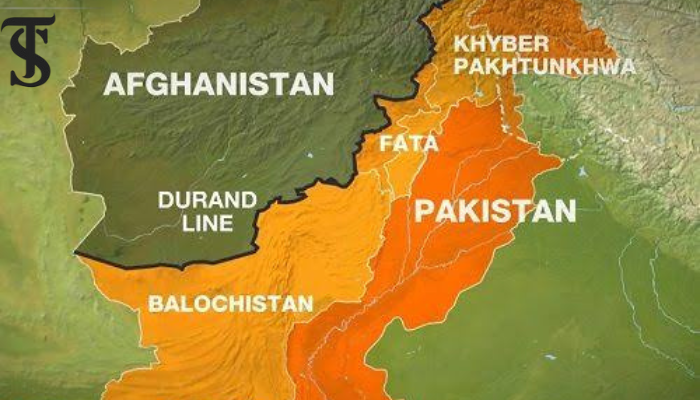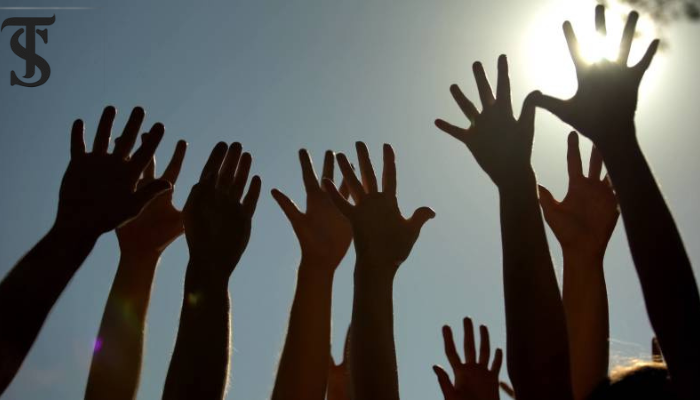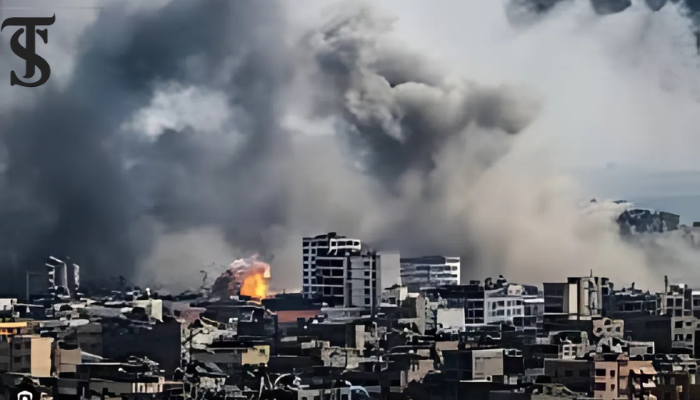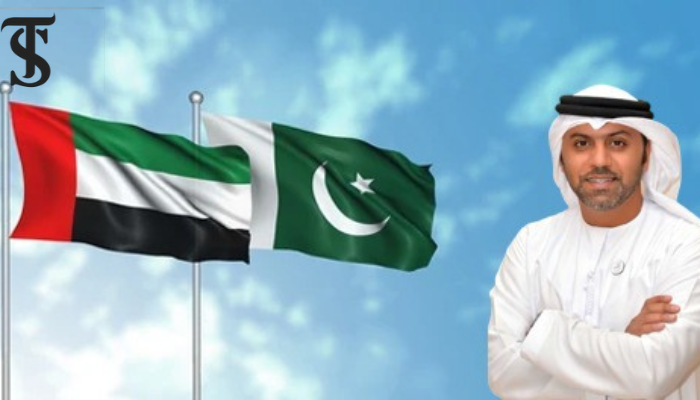Unipolar to Multipolar: A Global Transition in Power Dynamics

- Power Shift to Multipolarity: The world is transitioning from U.S.-led unipolar dominance to a multipolar order with rising powers like China, Russia, and India.
- Emerging Powers’ Influence: Economic growth, strategic policies, and alliances are driving nations like China to challenge U.S. hegemony.
- Historical Cycles of Redistribution: The shift aligns with historical patterns of power rise and fall, reshaping global politics and economic dynamics.
The rise and fall of nations, regions, and global powers have been a recurring cycle throughout history. This phenomenon has historically served as a mechanism to maintain the balance of power. The global power structure has undergone significant changes in recent decades, evolving from a multipolar to a bipolar system in the twentieth century and later transitioning into a unipolar order. Since the end of the Cold War, the world has witnessed the dominance of a hegemonic power, the United States, marking the unipolar era. However, the current global landscape indicates a rapid shift to a multipolar power structure, driven by neoconservative and imperialistic agendas shaping a “Multipolar World Order.” This transformation aligns with the Balance of Power theory, which explains the distribution and redistribution of power in international relations.
Historically, the rise and fall of powers have been influenced by various factors, including war, socio-economic instability, and political upheaval. Voltaire’s observation that history echoes with “the sound of silk slippers going downstairs and rustic sandals climbing up” aptly describes this dynamic. The “silk slippers” symbolize established powers like the United States, which, despite its strong economy and global influence, is facing relative decline. Meanwhile, the “rustic sandals” represent emerging powers such as China, Russia, India, Germany, and Turkey, which are experiencing economic growth and increasing global influence.
The emergence of non-state actors and their growing significance in international relations further complicate the current global trends. These actors contribute to the shifting political order and signify the transition of power. Voltaire’s analogy of rustic sandals climbing upwards reflects the broader phenomenon of power transition, where rising powers challenge the existing order. The historical precedence of the Roman Empire and other regional empires, which lasted for centuries, highlights that all powers eventually experience decline. In modern history, Britain dominated the global order for over 200 years, with its influence fluctuating over time. Similarly, the United States has pursued a unipolar power structure since the 1940s, maintaining military and economic presence in key regions like Western Europe, East Asia, and the Persian Gulf to suppress the emergence of new power centers.
However, the balance of power is now tilting. Countries such as China and Russia, along with other nations like India and various Arab states, are challenging the United States’ dominance. China, in particular, is asserting itself as a major global power, signaling its intent to share the global stage as a co-hegemon. With its growing economic and military capabilities, China is positioning itself to replace Russia as a leading power in the multipolar world. This shift is characterized by opposition in the international system, where countries form alliances to counterbalance dominant powers. These alliances can lead to various configurations of power distribution, such as unipolarity, bipolarity, multipolarity, or universality.
In a unipolar system, a single superpower influences global policies. Conversely, a multipolar system involves three or more major powers forming alliances to balance each other. Universality, on the other hand, implies the absence of a hierarchical order, where security and power issues are globally relevant and interconnected. The ongoing transition from a unipolar to a multipolar system is supported by the rising influence of countries like China and Russia. Historically, superpowers have been able to shape global policies on a large scale. For example, during World War II, the United States, Britain, and the Soviet Union worked together to achieve peace but were simultaneously engaged in competition for economic, political, and military dominance.
Following the war, Britain faced significant challenges, as it controlled 25% of the world’s land and population, which exceeded its financial capacity. In contrast, the United States emerged as a global power with strategic interests worldwide. Its military is designed not only to defend the homeland but also to protect its interests abroad, ensuring freedom of movement in international waters, airspace, and outer space. The United States also maintains the capability to engage in multiple major conflicts simultaneously, underpinning its global influence. However, its dominance is now being challenged by China, whose economic and strategic advancements are reshaping the global order.
China’s economic growth has been remarkable, with private entrepreneurship playing a significant role in its stability. In 2014, the International Monetary Fund ranked China as the world’s largest economy, contributing 17% of global GDP, surpassing the United States’ 16%. China’s economic policies, such as the 12th Five-Year Plan, have emphasized renewable energy development to address environmental concerns and achieve sustainable growth. The subsequent 13th Five-Year Plan (2016–2020) has further strengthened China’s position as a global superpower. According to the United Nations, China is the world’s largest trader and maritime operator, with approximately 40,000 vessels entering and leaving its ports annually.
China’s approach to international cooperation, particularly with low- and middle-income countries such as Brazil, Argentina, and India, has also enhanced its global standing. Through initiatives like infrastructure development and financial support, China is fostering economic growth in these regions while solidifying its influence. This progress suggests that the GDP gap between China and other major powers will continue to widen, enabling China to play a leading role in global economic development.
In conclusion, the world is undergoing a significant transition from a unipolar to a multipolar system. This shift is driven by the rise of emerging powers like China and Russia, which are challenging the dominance of the United States. While it is too early to predict the exact outcome, the evidence points to a multipolar world order taking shape, characterized by a more balanced distribution of power among nations. This evolving structure will likely redefine global politics and economic development in the coming decades.

Laiba Hussain
The author is a student of International Relations, having a keen interest in public policy, diplomacy, and governance.





